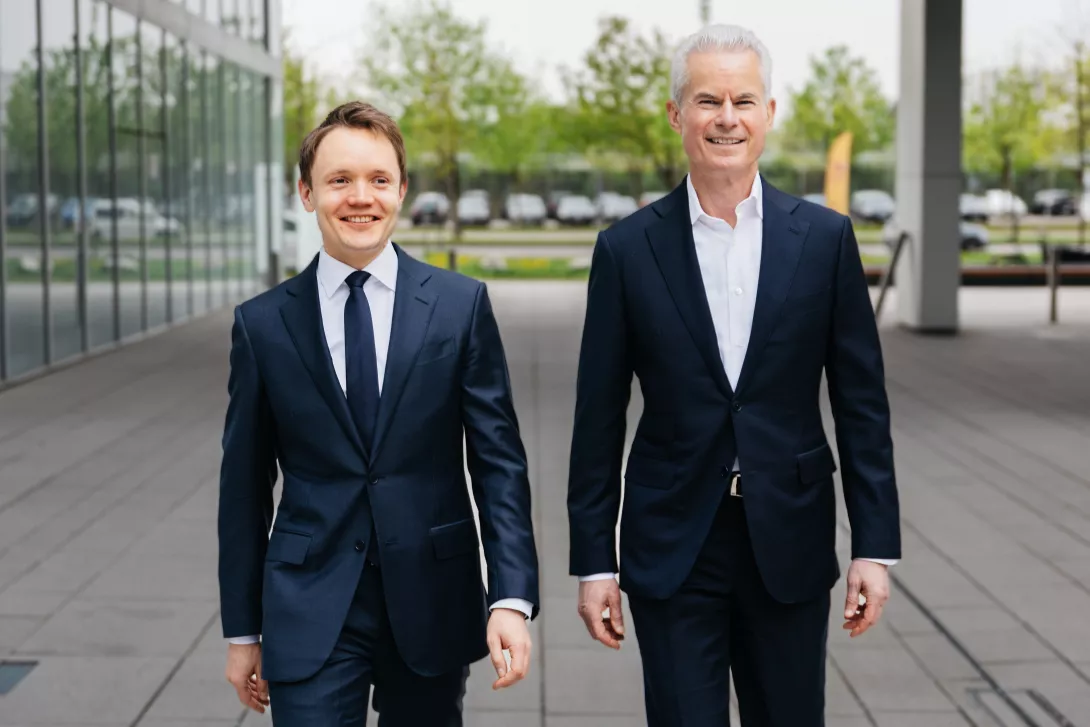Moving into a new age
How we’ll be working at the century mark.

10.09.2019 | Article
When British professor Lynda Gratton speaks about demographic shifts at places like the World Economic Forum in Davos, she also talks about automation. For Gratton, automation and demographic change are inextricably linked. She considers both to be key parts of the conversation about what role people will play in work structures of the future. “In Davos, I observed that the issue of aging employees has arrived on the agenda of the highest levels of management.”
Companies are not only contending with competitors in a conventional sense, but are also in the midst of the digital transformation. They need to operate economically, yet remain agile and flexible in order to foster innovation. They need to be or become high-performance enterprises—despite their aging workforces and the huge shortage of skilled new employees.
In developed countries, people born after 1997 can now expect to reach one hundred years of age—at least in statistical terms. At the same time, fewer children are being born. The results of these developments are already evident in Japan, where a high life expectancy of 83.98 years and a low birth rate of 1.4 children per woman are creating enormous age-related problems for the country. The retirement age in Japan is still sixty-five, but the government has long since been planning to have people work beyond that age.
Read the complete article: Moving into a new age


